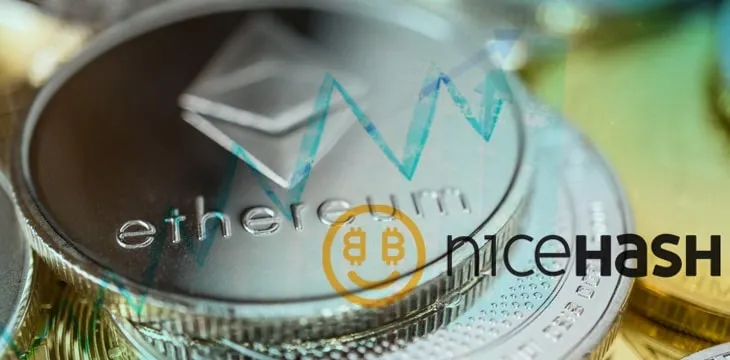|
Getting your Trinity Audio player ready...
|
In its response to Ethereum Classic Labs’ recent blog post, NiceHash acknowledges the post targets them and accuses them of facilitating the most recent 51% attack on the ETC network. However, NiceHash dismisses these claims and points out that it is always willing to work with law enforcement to guarantee that its users are compliant with their Terms of Service and Privacy Policy.
NiceHash also mentions that after the ETC 51% attacks and block reorgs, there has been a substantial amount of misunderstanding around how the platform actually works. This led to NiceHash walking its audience through how their service works and explained why the platform does not aid individuals in attacking blockchain networks like ETC Labs is accusing them of doing.
What is NiceHash?
NiceHash is a hash-power broker.
“Buyers participate in an open marketplace where they can select the algorithm that they want to support with hash-power,” said NiceHash in their announcement. “They choose a pool (that will accept the hash-power from NiceHash), set the price that they are willing to pay for hash-power, and place the order. Once the order is getting fulfilled by miners connected to NiceHash, their hash-power data is forwarded to the pool that the buyer has chosen for mining. For each valid share they submit, they get paid in BTC for the price determined by the current weighted average and refreshed each minute. In the end, the buyer receives the crypto-currency from the pool.”
Now, this is where the service that NiceHash provides deviates from the public opinion of ETC Labs.
“Technically, it is impossible for NiceHash or any other miner behind a pool to detect if its hash power is/will be abused for a 51% attack,” said NiceHash. “Mining pools deliver (to NiceHash) only information necessary to calculate a block hash.”
NiceHash has no way to identify whether an individual purchasing hash from them is using it for illicit purposes until after an attack has occurred. They also mention that 51% attacks rarely happen in real-time, but rather, an attacker builds their own version of a blockchain offline and then submits it later.
“Since attack happens later than mining (usually a few hours after), no miner, no blockchain node or any other blockchain participant can distinguish between legitimate and attackers pool during mining time,” said NiceHash. “And as we can see in the recent attack against ETC, even after an attack happened, it might take days to finish the analysis of events to figure out if there was an attack and who was the attacker.”
The solution?
So how do we protect against 51% attacks, since according to NiceHash, and the Bitcoin whitepaper, there is no fool-proof way to protect against a 51% attack.
“The answer was and still is—in a truly decentralized proof-of-work solution you can’t. The only thing one can do is make the price of an attack higher than the attacker reward.”
That being said, NiceHash suggests that the defensive mining solution that ETC Labs says they will be implementing has been right under their noses the whole time—it’s NiceHash.
“If a blockchain is under attack, such an attack can be mitigated by using NiceHash! To keep a PoW-based blockchain with small hashrate safe, we highly recommend periodically renting of hash-power through NiceHash. Such activity can always result in making PoW blockchain more secure. Furthermore, coins produced in the process can cover almost the entire investment in security.”

 07-12-2025
07-12-2025 





